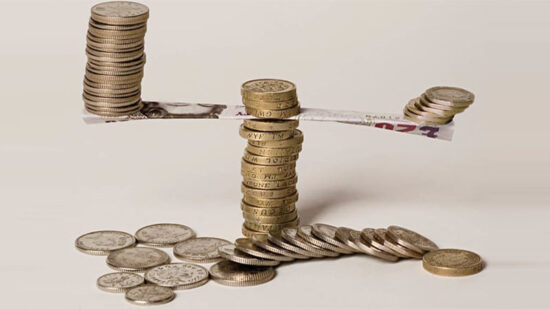For a few days there was a palpable nervousness, even a fear, that something very serious was happening.
Some commentators, apparently unwisely, even drew parallels between the property fund troubles of 2016 and the beginnings of the 2008 financial crisis.
While it is far too early to rule out the property fund suspensions leading to a wider crisis, it does appear unlikely as we near a month since things came to a head.
One encouraging sign that emerged fairly soon after the initial panic was Aberdeen’s decision to lift the suspension of its UK Property Fund.
Further progress appeared to be made this week when LGIM reduced the ‘fair value adjustment’ on its UK Property fund to 7.5%, attributing the move to market conditions stabilising. The value cut had been 15% initially, then 10%.
Some of the fund suspensions are due to be reviewed after 28 days, so it will be very interesting to see what the likes of Standard Life Investments and M&G Investments choose to do when that period is up.
If you take the view that the panic has indeed passed and the suspensions are all going to be lifted in the relatively near future, it could be a great time to add some commercial property exposure.
Kames Capital’s head of property investment Phil Clark is one investor who says the situation is not as grave as feared, evidenced by the fact that some funds are relaxing exit criteria and even seeing inflows now rather than withdrawals.
He argued that this ‘sharp reversal’ showed talk of a crisis for UK property was wide of the mark.
“I am pleased to say the expectations now are commercial real estate values will be far more resilient than the doomsday scenario some initially feared,” he said. “’The initial shock of the vote to leave Europe showed up in daily traded property funds, with investors withdrawing circa 15% of the capital invested in these funds in fear of a 2008-style property crash. But in the space of three weeks since the vote, that view has been reassessed by many investors and we are seeing inflows into funds, including our own Kames Property Income portfolio.”







